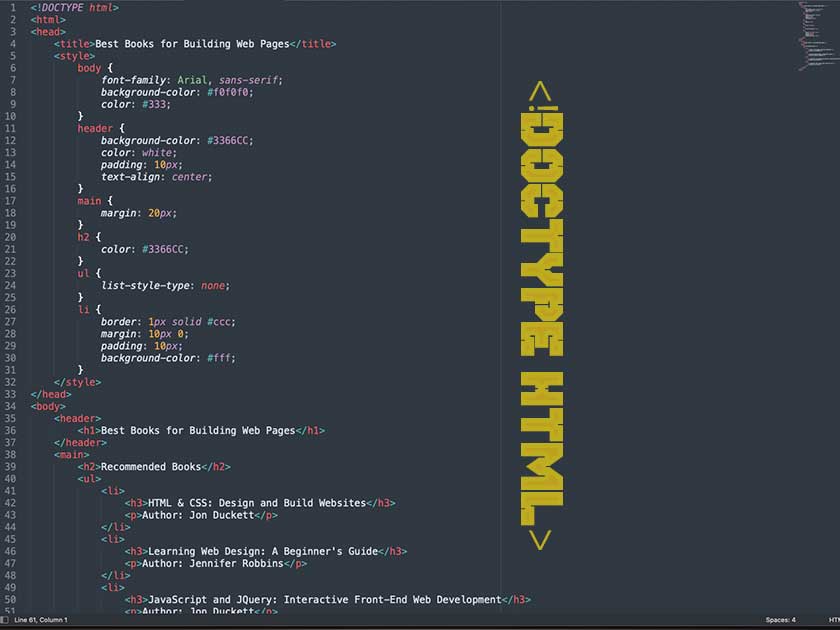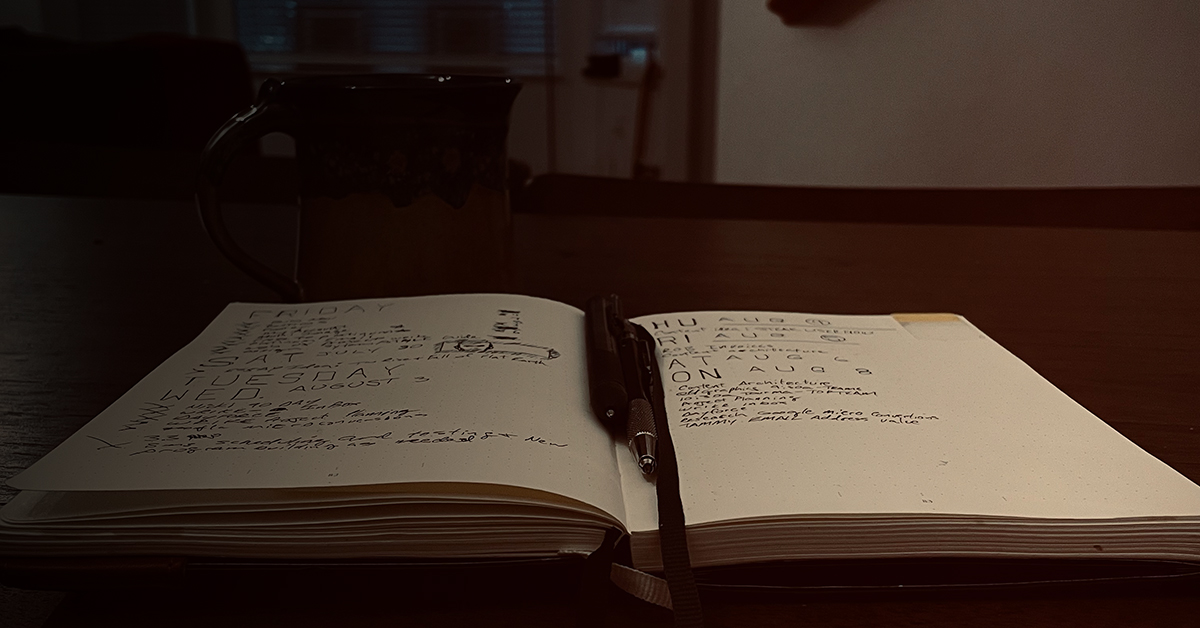Latest in: frameworks
The Design of Everyday Things by Don Norman The Design of Everyday Things The Design of Everyday Things is a book written by Don Norman, a cognitive scientist, usability engineer, and design expert. In …
The Bullet Journal method (or “BuJo”) is a simple productivity system created by Ryder Carroll. It’s paper-based and combines to-do lists, notes, and journaling. It uses symbols and bullet points to organize your tasks …
Subscribe to be updated about new content.
kenbrian

